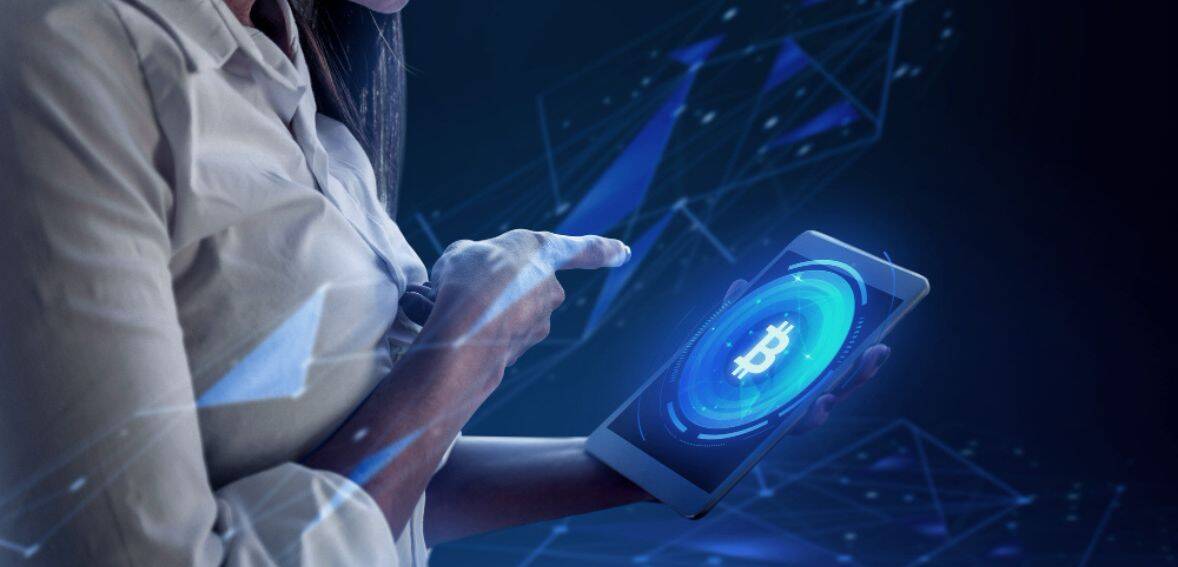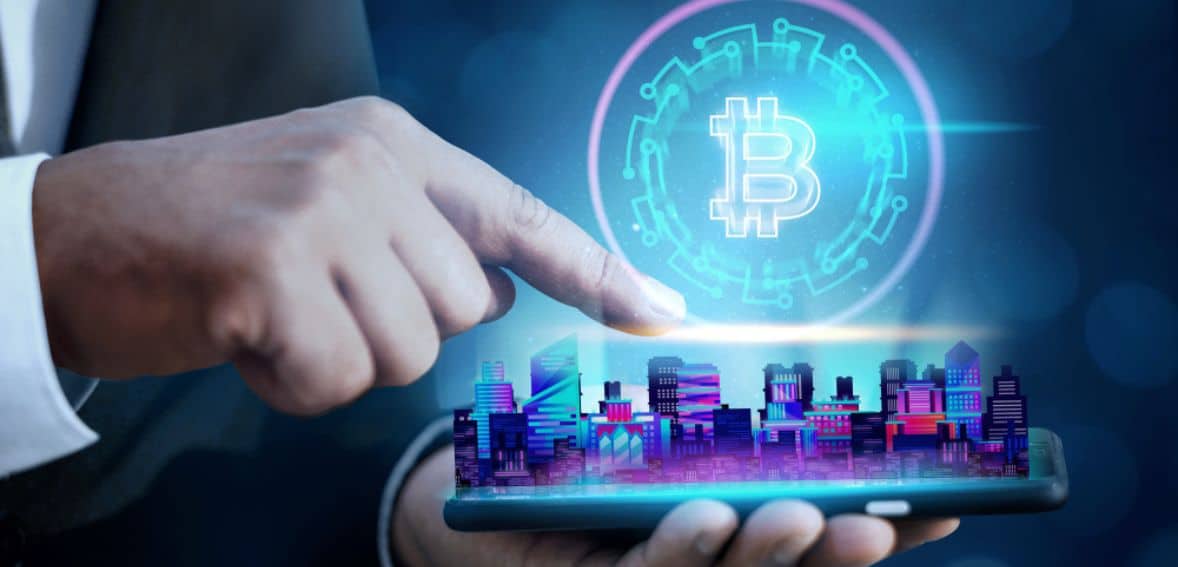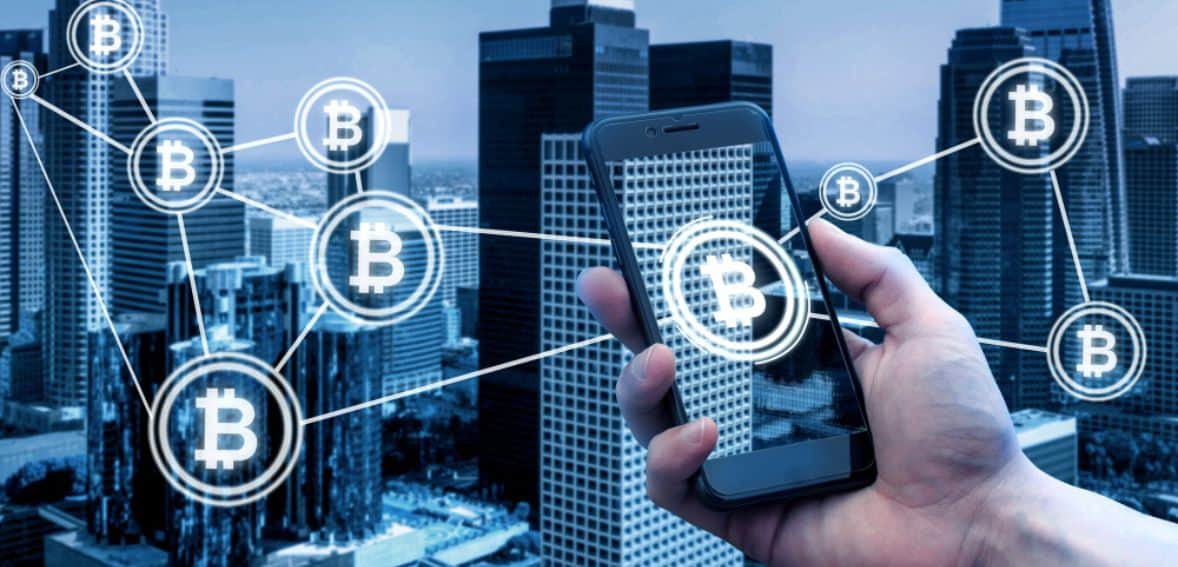
Tokenization of Everything: Turning Assets Into Digital Value
Tokenization of everything is transforming how we view ownership and value. In this case, tokenizing the physical world on the blockchain means one can buy, sell, and trade pieces of property, fractions of art, or other investments with unprecedented ease. This brings transparency, inclusiveness, and efficiency to the markets for both investors and asset holders.
Understanding Asset Tokenization
Asset tokenization mainly refers to the creation of tokens on a blockchain or other distributed ledgers. These tokens represent parts or fractions of an asset, from real estate and art to company equity and even ultra-rare collectibles. This process makes ownership easier to divide, transfer, and track without traditional intermediaries.
The main advantage of tokenization is in how much efficiently it has made investments. Things that otherwise require a fortune to invest in, such as real estate or art, can be bought piece by piece through tokens. This fractional ownership has created a more open market, which was previously reserved for just a few people with deep pockets; it now allows many more participants to take part in good investment opportunities.
The blockchain has added security and transparency to the system. After recording the ownership of the token, no modification or deletion is allowed in order to keep the rights of each holder safe. The following transactions will also become traceable, which builds trust between participants in general.
For instance, you may own a building that has great value. You do not have to sell the whole building. You can break it up into digital tokens representing tiny pieces of an asset. You can then sell some of the tokens to investors who would wish to have partial ownership of the asset. You immediately get liquidity without giving up full ownership.
In other words, tokenization of assets uses technology and finance to reconsider ownership, trade, and pricing of assets. It brings flexibility to the holder, access to the investor, and transparency to all.
Advantages of Asset Tokenization from an Asset Owner's Point Of View

Tokenization brings many powerful benefits to the asset owner that make the administration and trading of ownership easier and more rewarding.
One of the key advantages includes increased liquidity. Most valuable assets cannot be broken up and traded easily, such as real estate or art. Tokenization does the opposite; it breaks down the asset into small digital pieces, which enables multiple investors to acquire a fraction of ownership and sell their portion easily. This opens access to a wider pool of buyers, thus enabling easier conversion from asset to cash without long waits and complicated procedures.
Secondly, pricing on fair terms is another major plus. The reason most illiquid assets lose value is that sellers have to give discounts to attract buyers, which Tokenization reduces by improving liquidity: it makes it easier for asset owners to realize more accurate and competitive market prices without heavy discounts.
Thirdly, it is also easier and less expensive to manage tokenized assets. The traditional method of ownership transfer requires a lot of paperwork, verification, and third-party intermediaries, all of which add time and cost. Tokenization automates much of that through smart contracts on decentralized platforms, thus making transactions faster, more secure, and more cost-efficient.
Finally, tokenization brings in composability, a feature unique to DeFi. That means developers can extend existing digital platforms to offer new applications or services without having to start from scratch. This also opens up flexibility to asset owners whose tokenized assets can easily integrate with digital exchanges, lending systems, or investment pools and unlock further opportunities for growth and participation in global markets.
Benefits of Asset Tokenization: An Investor's Perspective

Firstly, one of the major advantages is that it creates more accessibility. Real estate, fine art, or collectibles were earlier investment options that involved large amounts of capital. Tokenization will enable investors to buy smaller pieces of those assets in the form of tokens. In this way, people with modest means will find it easier to invest in their preferred portfolios.
Secondly, another advantage is the shorter lock-up periods. Sometimes, it takes several years for an investor to find a buyer or be able to cash out on an asset. Tokenized assets easily resolve this, as trading is made possible on digital exchanges where tokens can be easily sold or bought. This flexibility helps investors manage their investments and liquidity better.
Thirdly, another important strength that comes with tokenized assets is transparency. Since every transaction on the blockchain records the history and ownership of an asset, investors could look at the full background of an asset with clarity before making a decision, thus building trust and enabling smarter, data-backed investing.
Additionally, tokenization also enhances security. Decentralized digital identity and encryption shield investors’ personal information and ownership on the blockchain, allowing no other access other than the rightful owner. This helps in reducing fraud and unauthorized use. This secure, verifiable system gives investors peace of mind while making the whole process.
Types of Tokenized Asset

In the case of tokenization, there are two major ways in which an asset can be represented: as a fungible token and as a non-fungible token. Each fits a unique purpose depending on the way the asset is to be owned, traded, or valued.
Firstly, fungible tokens represent identical, interchangeable assets; all tokens carry the same value and can be traded or divided into smaller parts without any change in worth. For example, if one token equals one unit of a firm’s share or a digital currency, it is going to make no difference which token you own, for their values and functionality are all the same. It is this interchangeability and divisibility that make fungible tokens perfect for things like currencies, bonds, or commodities, where uniformity is key.
Secondly, in contrast to fungible tokens, NFTs depict assets that are unique and cannot be replaced by another token. Every NFT is different; it can be a piece of artwork, a collectible, or a property. Unlike fungible tokens, they are not interchangeable or easily divisible. Sometimes, though, fractional NFTs-known as F-NFTs-will enable several investors to share ownership over a high-value item, like fine art or commercial property.
In other words, fungible tokens make the trading and dividing of assets easy and standardized, while non-fungible tokens maintain uniqueness and authenticity, thus allowing flexibility for investors in the way they own and manage digital or physical assets.
What Can Be Tokenized?

Anything that has some sort of value can be tokenized. Tokenization lets users prove ownership and even subdivide such ownership into smaller pieces. Such flexibility has paved the way for both traditional and modern assets to find their place in the digital space. From real estate and company shares to art, music, and even sports, tokenization makes it possible to turn nearly any asset into a digital investment opportunity.
To make things a bit easier, tokenized assets can be divided into four broad categories.
- Assets: Assets are those things that have measurable value and can be converted to cash. More often, assets fall into two categories: personal or business. Examples of personal assets might include your house, car, or savings, while business assets can include property, equipment, or even financial holdings that show up on your balance sheet.
- Equity: Company shares or stock can also be tokenized. In this case, instead of physical or traditional digital shares, investors are given security tokens stored in some kind of digital wallet. These are representative of actual ownership in a company and can often be traded just like regular shares on an exchange.
- Funds: Investment funds can be tokenized to enable efficient, transparent participation. Investors who buy a fund are given tokens that reflect ownership in the fund, which in turn can be traded or redeemed against value changes in the fund.
- Services: Companies are able to raise funds or engage their customers by tokenizing their offer of goods or services. Investors or customers will use a token to purchase goods or access specific services from a provider.
Practical Applications of Asset Tokenization in the Real World

Firstly, one of the most promising areas for tokenization is real estate. Converting digital tokens means dividing up the real estate assets into smaller and more affordable portions. In this case, numerous investors are easily able to own shares of a property without large upfront capital. It also speeds up transactions and brings greater liquidity to an otherwise slow-paced market, helping the property owners and investors in equal measure.
Secondly, in the case of securities, tokenization enhances the ease of trading in stocks, bonds, and mutual funds digitally. Such a shift of these assets onto a blockchain technology will let investors trade directly, reduce intermediaries, and unlock opportunities previously limited to large institutions. This also enables corporations to raise funds more efficiently and in far less time.
Thirdly, tokenization has brought trust and authenticity to art and collectibles. Each piece of art or a collectible can be represented by a digital token that is unique, making ownership records secure and valuable. This helps to prevent fraud and makes buying or selling valuable items simpler and safer.
Finally, tokenization greatly contributes to supply chain management; every step in the movement of goods can be recorded on the blockchain, allowing greater amounts of transparency and accountability in the services. Every transaction can be traced from production to delivery, reducing fraud and increasing efficiency along the whole supply chain.
All in all, tokenization is completely changing how assets are held, shared, and traded—making financial systems more open, inclusive, and efficient than ever.
Tokenization Challenge
Asset tokenization is a promising area, but there are a few significant challenges that stand in the way of its complete development. Firstly, one of the greatest barriers is that there is no clear and consistent regulation and compliance about it in most parts of the world. Rules on digital assets and tokenized investments are still developing in many parts of the world. Because of this uncertainty, businesses and investors are still fully ready to accept this development, not knowing how existing laws will apply to tokenized assets or what new regulations might come next.
The second challenge is technology. While blockchain and distributed ledgers are transparent and secure, linking digital tokens to the real world is a complex process. For instance, the value and true ownership of an asset, such as a house or a painting, also need to be replicated on that token. This requires systems known as “oracles” to feed correct, real-time data from the outside world into smart contracts. Ensuring such accuracy and reliability is a difficult task.
There are also practical issues such as high infrastructure costs, slow transaction speeds on some blockchain networks, and the management of complex governance in decentralized systems. These can render tokenization expensive or inefficient for smaller businesses. Despite these issues, ongoing innovation is addressing many of these obstacles. Developers are improving transaction speeds, reducing fees, and creating better tools for linking digital and physical assets. As technology continues to evolve and as regulatory frameworks get more transparent, asset tokenization will become more accessible, more secure, and more reliable, opening the way for broader industrial adoption.
Conclusion
Everything tokenized creates the path to a more inclusive and efficient financial world. By digitizing assets, they become more accessible for investors, offering enhanced liquidity and transparency for asset owners. As technology and regulation progress, this development will continue to strengthen the relationship between traditional finance and the digital economy, with great opportunities for all.
FAQs
What is asset tokenization?
Asset tokenization is a form of digital representation of hard assets on a blockchain, which makes management and trading much easier.
How does tokenization benefit investors?
It provides fractional ownership, greater liquidity, and easier access to high-value assets such as real estate, art, or securities.
Are tokenized assets secure?
Yes, they use blockchain technology that ensures transparency, traceability, and protection against tampering or unauthorized changes.
What assets can be tokenized?
Any asset, from real estate to art to securities, commodities, and even intellectual property, can be tokenized for easier transfer and ownership.
Is tokenization regulated?
Regulations differ across the world. Most countries are still working to establish clear legal frameworks that would support compliant and secure tokenized transactions.